A recent segment of WRAL’s Tar Heel Traveler recaps the story of a mummy nicknamed “Spaghetti,” that became a bit of an institution in Laurinburg, North Carolina. Spaghetti was the name posthumously given to the mummy of Consetto Formico, a carnival musician murdered in 1911 during the carnival’s visit to nearby McColl, South Carolina, just under 8 miles away from Laurinburg.
Cansetto’s father brought his son’s body to McDougald funeral home in Laurinburg where it was embalmed. However, the body was never buried because Formico’s father did not return with the rest of the bill he had promised to pay. The body was eventually moved to the garage of the funeral home, where it became a local (and macabre) tourist attraction.
In the early 1970s, the sensational story made its way to Congress, and two representatives attempted to pressure the funeral home, still owned by the McDougald family, into burying the body. The WRAL segment credits Congressman Biaggi with the final burial of the mummy, but an article from the Greensboro Daily Times October 12, 1978 gives the impression that the funeral home resented the intrusion of Congress. Two years later, the body was finally buried after members of the local community offered to pay for it. The article states:
“The politicians became interested, particularly an Italian congressman from New York. He and Rep. Charles Diggs (D-Michigan) tried to pressure Hewitt into burying Spaghetti. At one point, representatives of the state attorney general’s office came around. Then the Italian congressman sent $15 by mail (postage paid by the U.S. government) to pay for the burial. Hewitt [McDougald] sent it back. The only message was ‘This stamp paid for by McDougald’s.’ Finally, in 1972, a group of townspeople headed toward the aging brick mansion which serves as a funeral home. They wanted to buy the top of the line, put Spaghetti in it and bury all the publicity.”
Spaghetti was buried in Hillside Cemetery, Laurinburg, but unfortunately, all the publicity was not buried. According to the Greensboro Daily Times article, Spaghetti’s corpse was listed for sale in a 1978 catalogue put out by a Wisconsin company called Freak Enterprises.




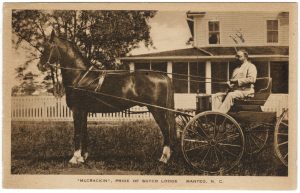

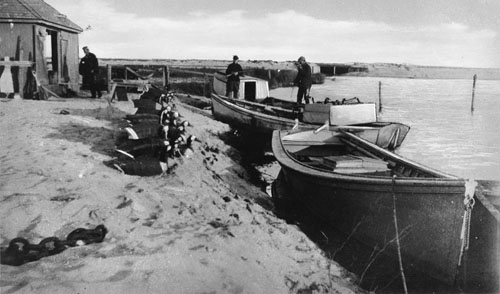
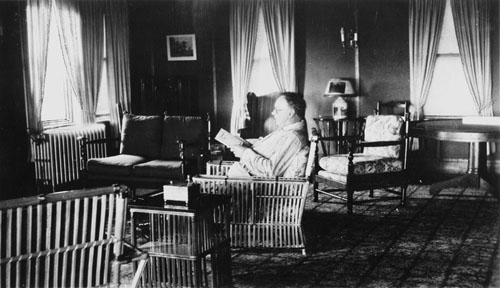





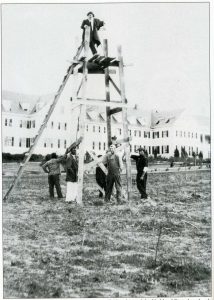
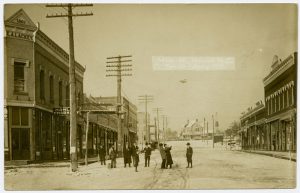


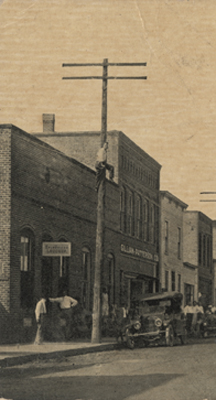
 Tryon, 1913
Tryon, 1913